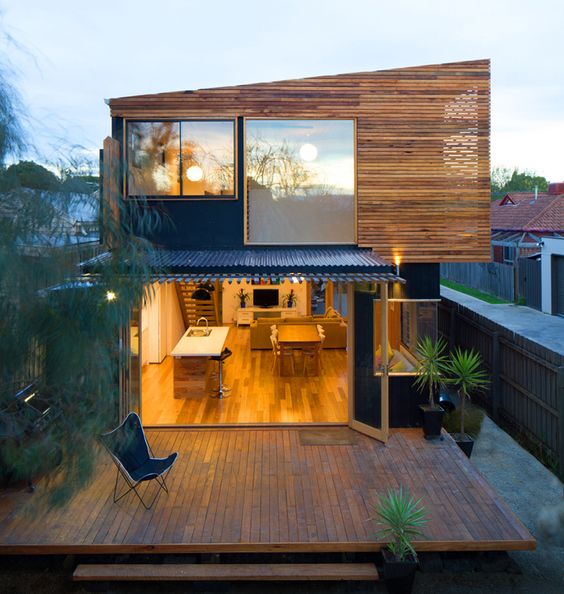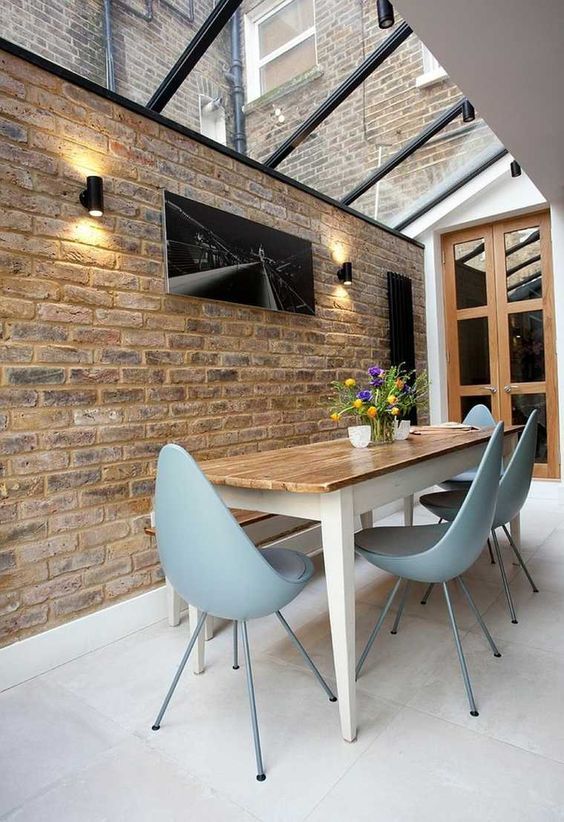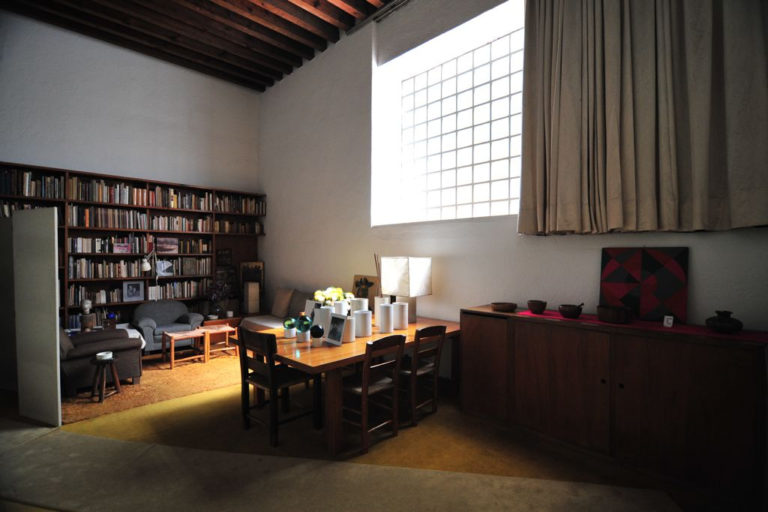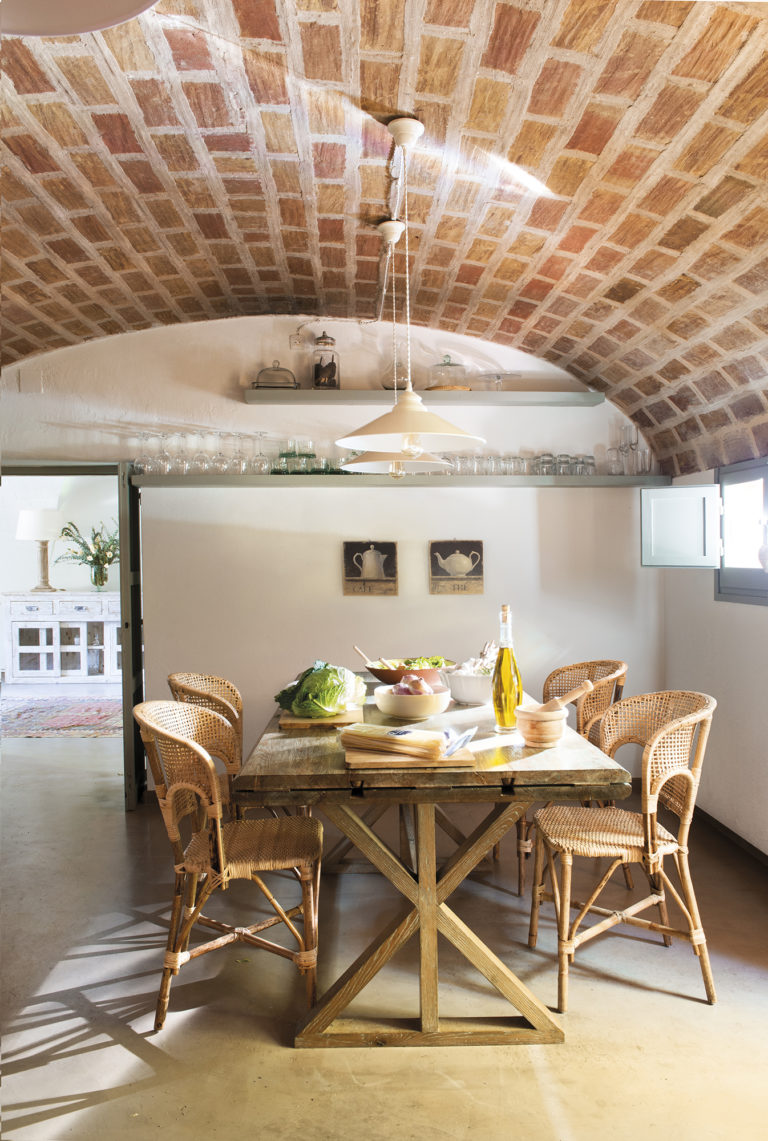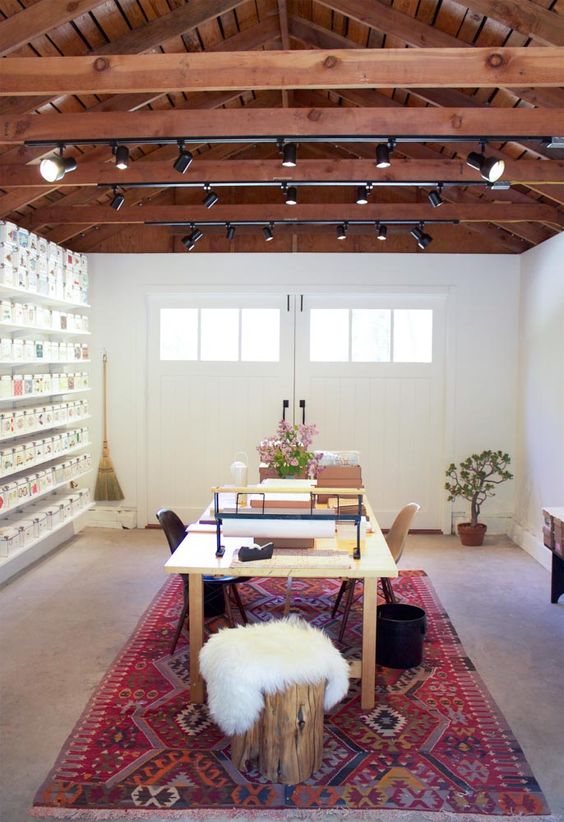The Crack In Your Home’s Sustainable Armour
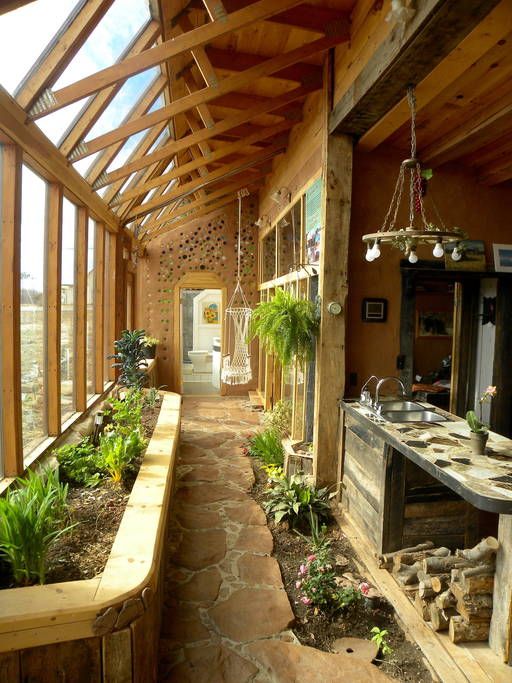
For the purposes of this thought experiment, think of your home as a cardboard box. (Preferably sustainable, recyclable cardboard – but it’s your imagination, so whatever works!)
Step One
Now, that box encompasses your entire home. If you lifted up the whole plot of land you own, from the driveway to the fence in the back garden and everything between – it goes into the box.

Step Two
Now imagine that that box is trying to contain something dangerous. For the sake of the imagery, let’s go with something radioactive. Glowing green gas, sparking with flames, and threatening everything it comes into contact with. Put that in the box along with your home; thankfully, no humans or pets are harmed in the process of this thought experiment.
Step Three
Next, you’re going to imagine taking a pin. You stab that pin through the exterior of the box, creating a tiny hole in the side. Immediately, your noxious, green, radioactive substance begins to seep out. Then you keep stabbing, create a network of small holes. The substance is now oozing at will, reaching critical mass and becoming dangerous – it can no longer be controlled. It’s flowing free of its box and there’s nothing you can do to stop it.
The Symbolism
The same applies to your home, though with less radiation. Your home needs to contain energy, which takes the place of the radioactive gas mentioned above. The reason I painted such a lurid picture is that, if you care about sustainability, then it’s every bit as important to keep energy inside the box as if there is something radioactively dangerous. It has to be contained.
Thankfully, there are no giants coming along and popping holes in the side of your box – but that doesn’t mean you’re problem free. Your home is leaking energy all the time. It might be tiny – pinpricks – initially, but it all contributes to the same issue.
The Most Important Part of the Sustainable Home
If you asked people committed to an eco-friendly way of living what their most important home contribution to the cause was, their opinions would differ. Most of them would give the wrong answer.
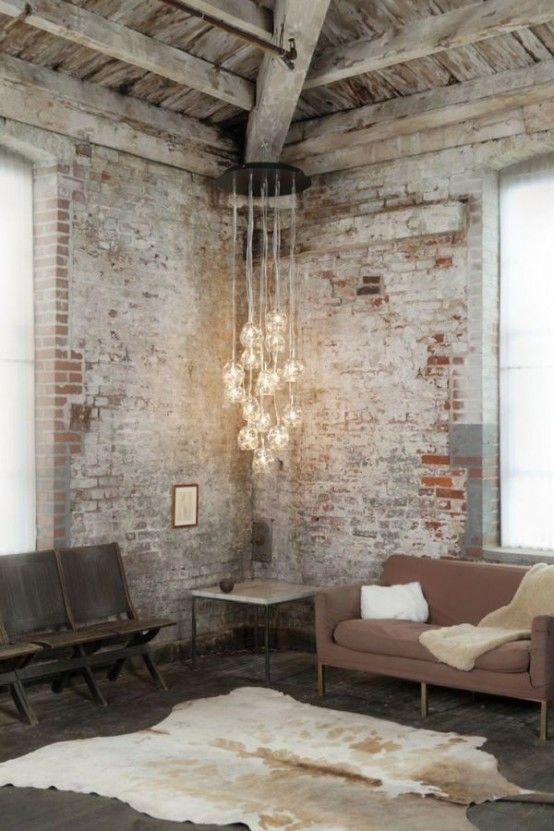
The correct answer is the external shell of your home. It’s the single biggest contributor to keeping energy and your home keeping warm as a result – everything else is just additional benefits. That exterior shell applies to everything that you use power to heat, from the attic through to the conservatory.
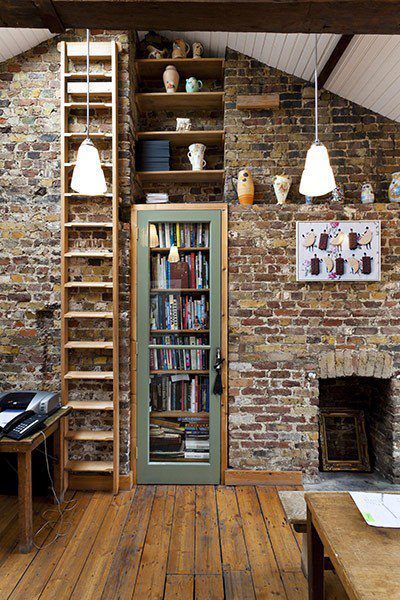
If You Only Invest In One Area…
… then make it this one. If you have faults in the external shield against energy loss, you’ve got a problem. That means if you detect deficiencies, then get the lost roof tiles fixed and the conservatory roof replaced too.
On a smaller scale, it’s worth going around your home and identifying any small holes in the brickwork. It’s a tiny job that takes seconds to fix, so don’t delay on it. There is little point having excellent insulation and turning appliances off standby if you’re losing the energy you save anyway. So make your time investment worthwhile and focus where it needs to be to make the most significant difference.

